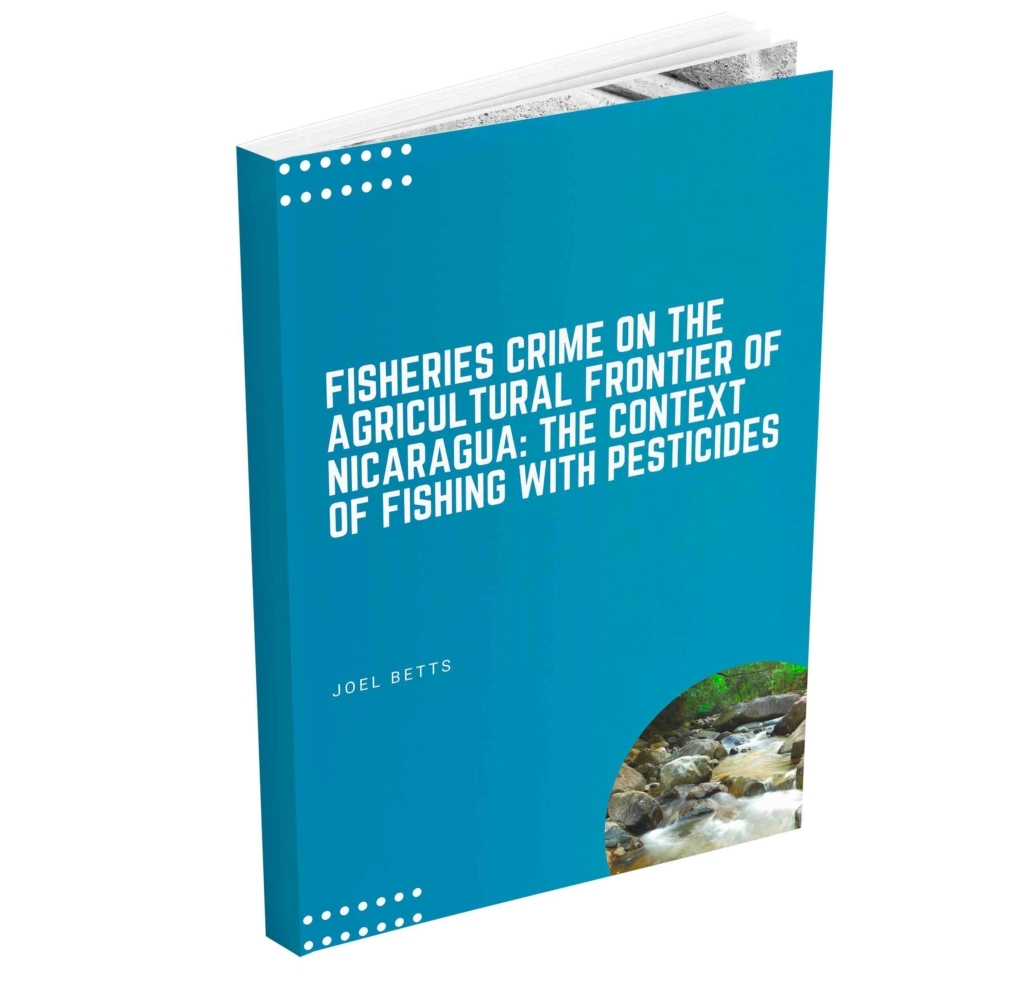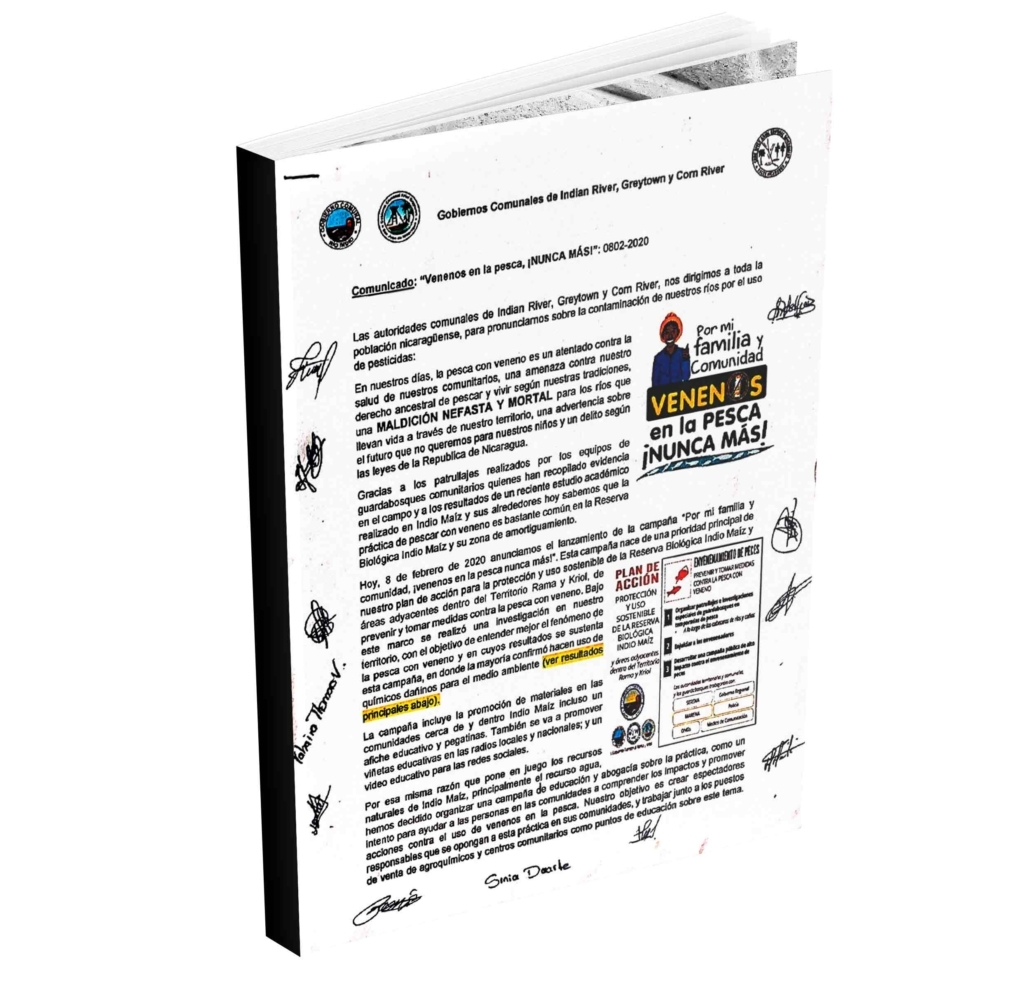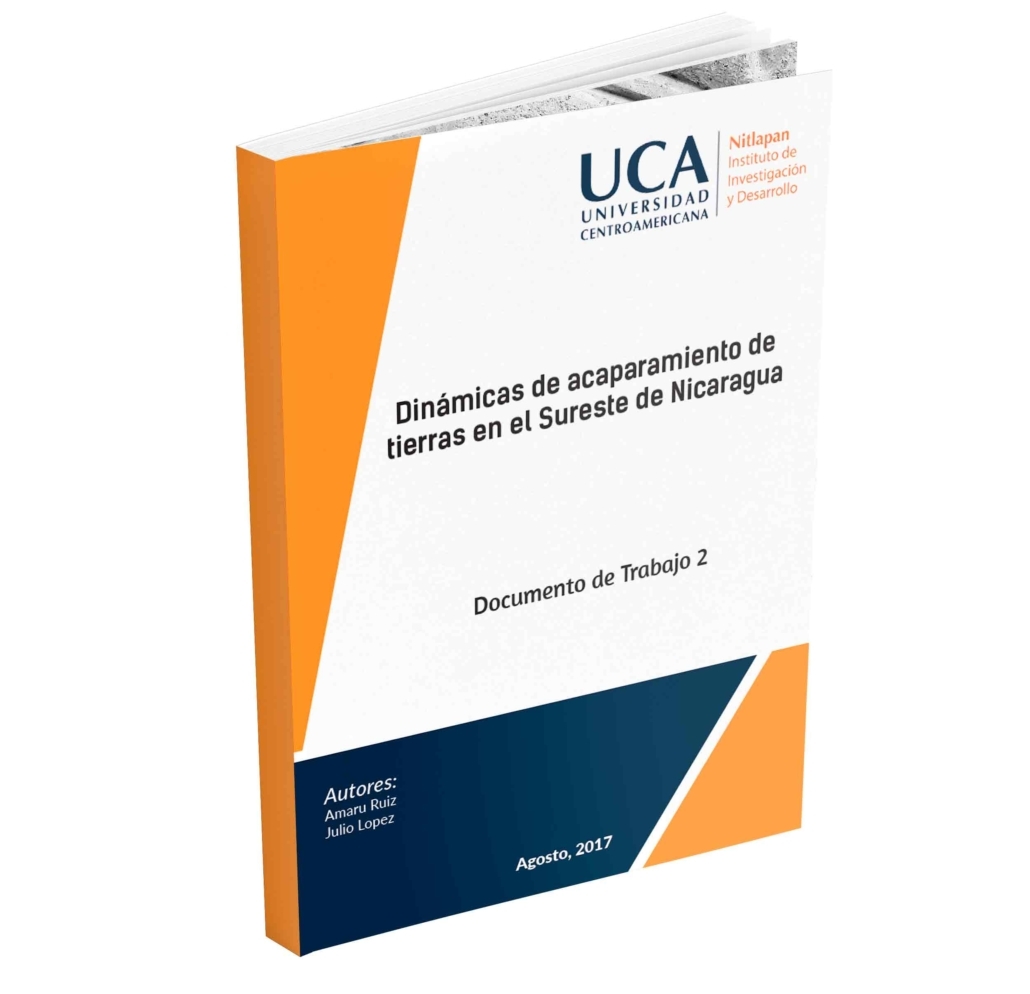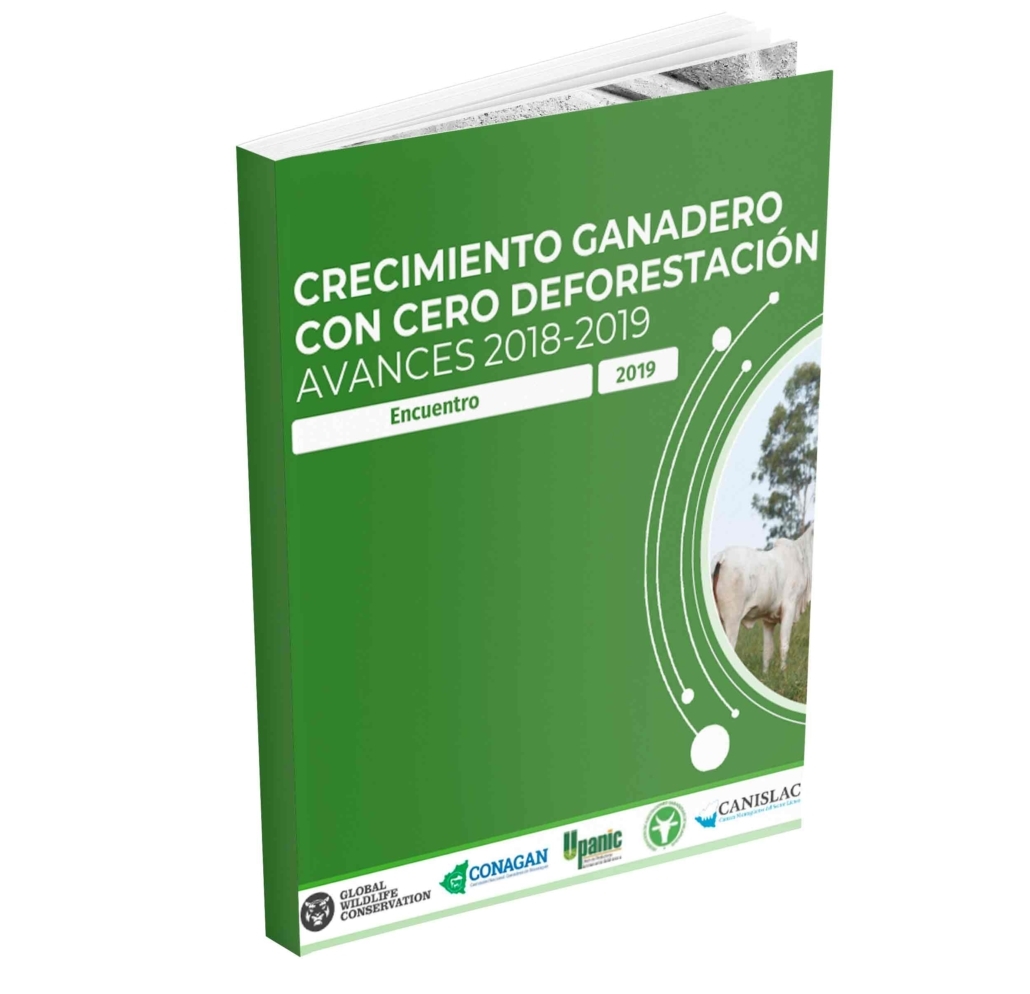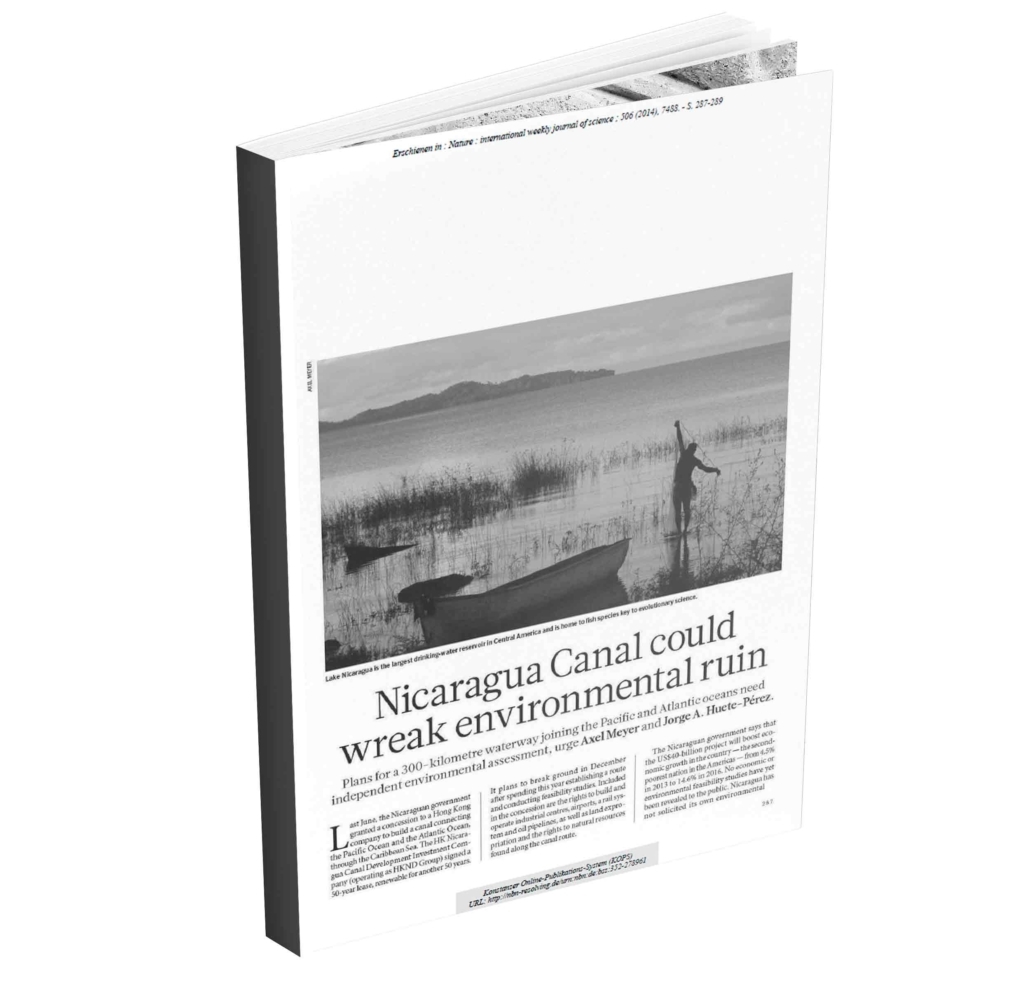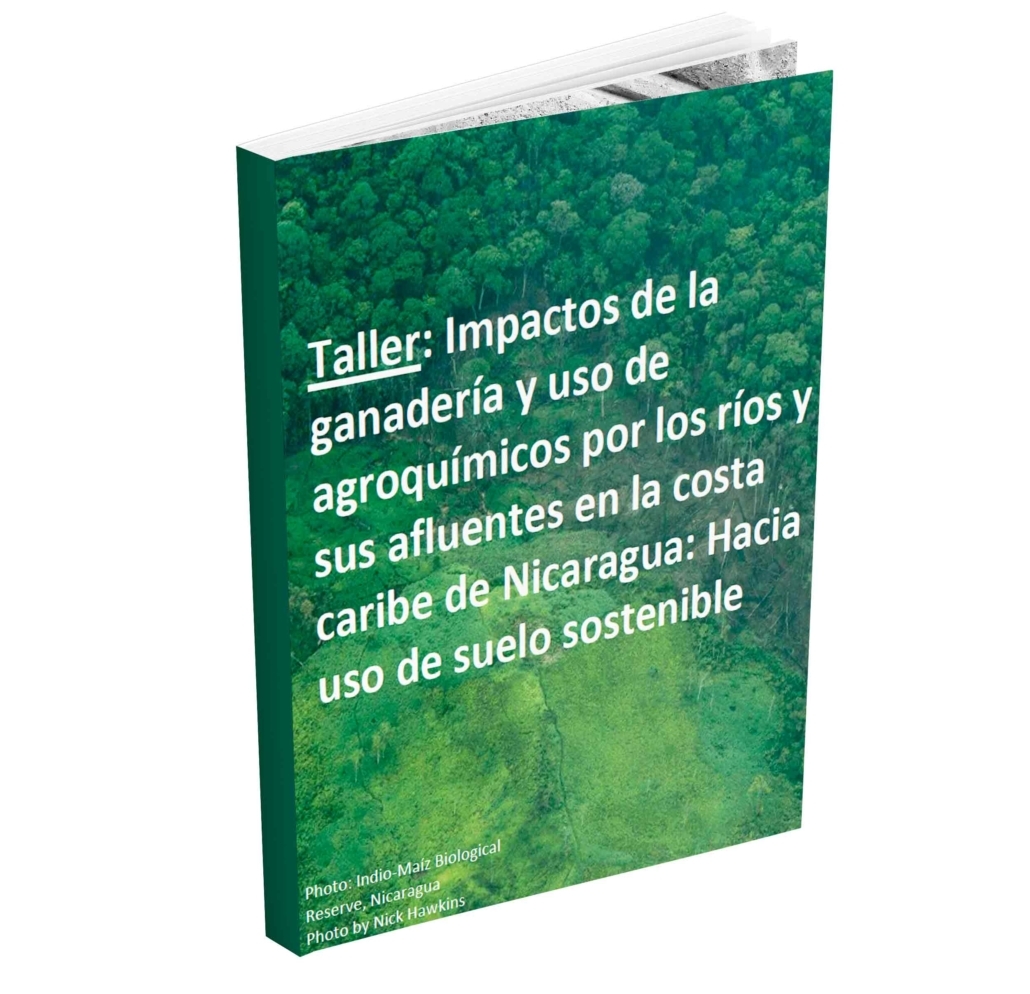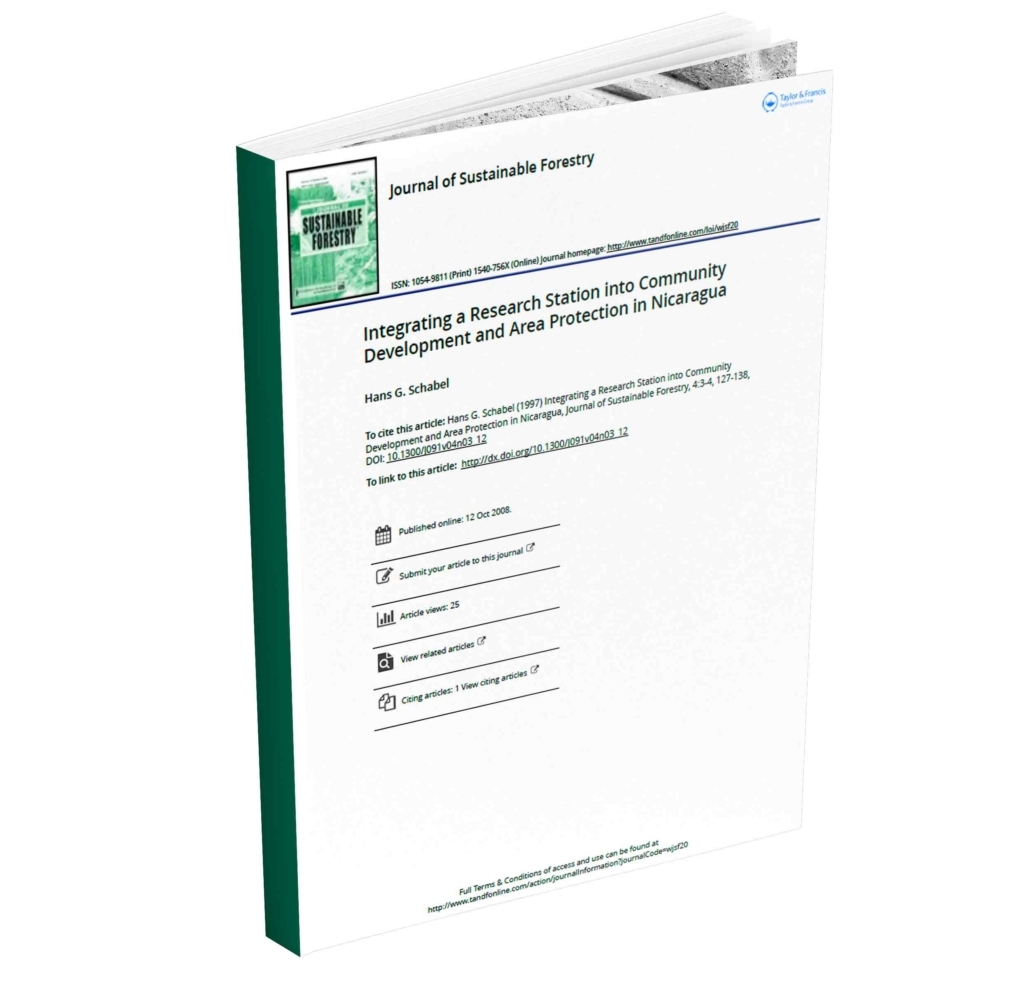Conservation
The practice of fishing with toxic pesticides for riverine fish and shrimp is an understudied and under-reported issue throughout Latin America. To date very few, if any peer-reviewed studies have documented its impact on people and river ecosystems, and the practice is rarely mentioned.
Wildfires are considered one of the most major hazards and environmental issues worldwide. Recently, Earth observation satellite (EOS) sensors have proven to be effective for wildfire detection, although the quality and usefulness of the data are often hindered by cloud presence.
Las autoridades comunales de Indian River, Greytown y Com River, nos dirigimos a toda la población nicaragüense, para pronunciarnos sobre la contaminación de nuestros ríos por el uso de pesticidas en la pesca con veneno.
En este documento se analizan las dinámicas de acaparamientos de tierras, identificando a los actores económicos de acaparamiento de tierra en los municipios de Nueva Guinea y El Castillo, y se documentan los impactos generados por estos actores.
Con este documento se pretende alcanzar el crecimiento ganadero sostenible y la conservación de áreas protegidas, en especial en la reserva Indio Maíz y Bosawás, con la intención de evitar la explotación indiscriminada de los recursos naturales.
In June 2013, the Nicaraguan government granted a concession to the Hong Kong Nicaragua Development Corporation (HKND) for the construction of an interoceanic canal across Nicaragua and various large subprojects.
Last June, the Nicaraguan government granted a concession to a Hong Kong company to build a canal connecting the Pacific Ocean and the Atlantic Ocean, through the Caribbean Sea. The HKND Group signed a 50-year lease, renewable for another 50 years.
La pesca veneno amenaza los ríos de la Reserva Biológica Indio-Maíz, en este documento explicamos qué es la pesca con veneno, cuáles agroquímicos se utilizan en las comunidades y con qué propósito. Asimismo, exploramos el plan de acción ante esta problemática.
In 1997 the entire southeast of Nicaragua and parts of neighbouring Costa Rica were organized according to an ambitious regional development scheme called Si-a-Paz (Yes-to-Peace). A research station was part of the plans, this paper focuses on the history of this project.

